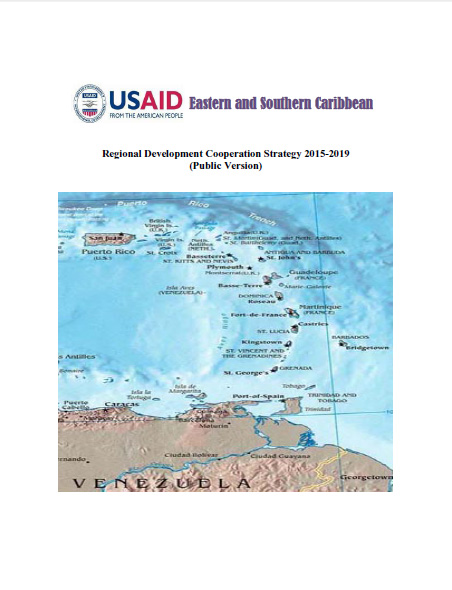Speeches Shim
The Eastern and Southern Caribbean (ESC) region includes the six independent countries of the Organization of Eastern Caribbean States (OECS: Antigua and Barbuda, Dominica, Grenada, St. Kitts and Nevis, Saint Lucia, and St. Vincent and the Grenadines), Barbados, Trinidad and Tobago, Guyana and Suriname, all of which emerged as independent nations only in the last 50 years. Situated between South America and the United States, the region has become a key conduit for regional trade as well as, more recently, illicit drug en route from South America to North America and Europe.
The ten countries of the ESC region vary in demographic and ethnic composition, and the drivers of economic growth in the two South American countries (mining and agriculture) and in Trinidad and Tobago (energy) differ from those of the six other OECS island states and Barbados (tourism). Yet these ten countries share some of the most severe challenges to their sustainable development. Those common challenges include:
- Crime and security. As counter-drug enforcement and interdiction efforts clamp down on trafficking routes in Central America and Mexico, trafficking in the Caribbean has intensified. With the high unemployment that has resulted from the post-2008 economic recession, the lure of gangs and criminal activity has been strong for many youths, particularly the growing number of males who have underperformed in primary and secondary school.
- HIV/AIDS. The Caribbean has the world’s second-highest regional rate of HIV prevalence, behind only Sub-Saharan Africa.
- Global Climate Change. Increasing weather volatility and storm surges are threatening communities and taking a growing toll on economic infrastructure throughout the Caribbean. In the longer run, rising sea levels pose an enormous challenge, particularly to the seven (7) small island developing states most dependent on beach tourism.


Comment
Make a general inquiry or suggest an improvement.